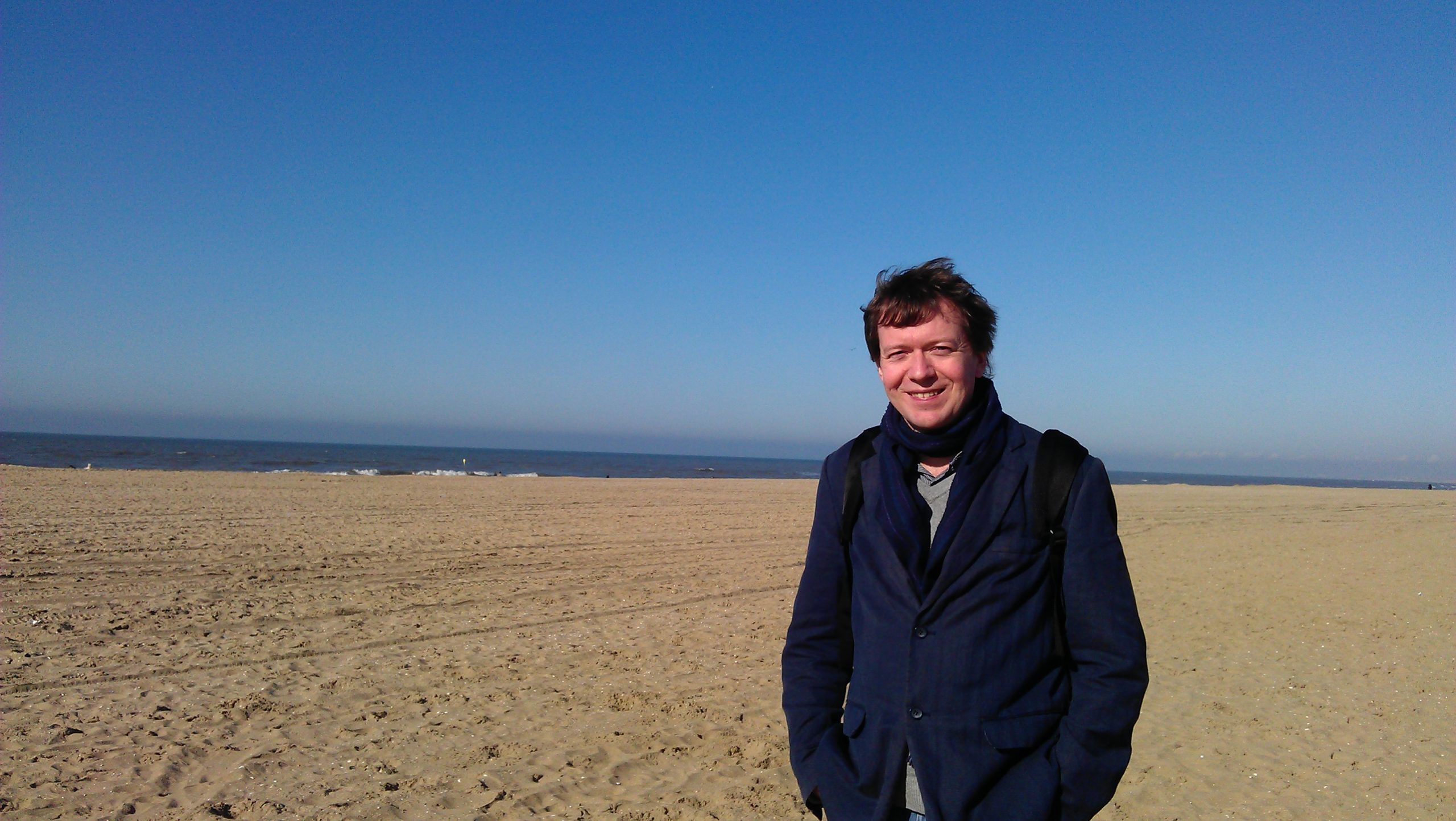
The walk across Waterloo Bridge offers my favourite view of London.
In one direction you can see Big Ben and the Houses of Parliament, whilst in the other direction stands St Paul’s Cathedral and a jagged high-rise skyline. Below your feet the River Thames powers along with surprising force and speed.
But on this dreich Sunday evening the weather does not favour a leisurely amble across the bridge.
The rain is whipped up by a wind so fierce that I cannot control my umbrella, which is getting wrenched inside out and jerked violently by sudden gusts.
So I opt to put the umbrella away and endure a brief soaking as I scurry towards the BFI Imax on the opposite side of the river from where I have come.
Only problem is, I have rolled up to the wrong cinema.
In the foyer of the BFI Imax, I spot the machine from which one can extract pre-booked tickets. I insert my credit card, only to be informed by the machine that there is no booking registered under that card number.
Bemused, I walk over to the box office counter.
The person sitting there tells me that the ticket I have booked is for a film that is showing at BFI Southbank, not BFI Imax.
When I booked the ticket online a few days ago, it struck me as surprising that this particular film – Classe Tous Risques, a slightly obscure French film noir from 1960 – should be showing on the gargantuan BFI Imax screen, a screen on which one would expect mass-market Hollywood blockbusters to be showing rather than more niche offerings.
What a great opportunity to see a slice of stylish film noir on a huge screen, I had thought.
But when making the booking, somehow I thought I was on the BFI Imax website rather than the BFI Southbank website.
Though disappointed that I would not, after all, be enjoying ‘Classe Tous Risques’ on the extravagant Imax screen, a consolation is that BFI Southbank is only five minutes walk from the Imax cinema, so back towards the river bank I go.
“I saw it yesterday. It’s amazing”, the BFI Southbank box office guy says to me as he hands over my ticket for the 6.30 p.m. showing of ‘Classe Tous Risques’.
While sitting in the foyer killing time before the film, on my phone I read a couple of chapters of the Kindle version of Kevin Murphy’s wonderful book, A Year at the Movies: One Man’s Filmgoing Odyssey.
I love his description of how he gets into the Cannes Film Festival without a press pass, using techniques such as ‘credential block’ and ‘mob rush’.
Throughout the book, he brilliantly evokes the joys and occasional pains of filmgoing across a gloriously diverse range of settings.
Murphy’s writing is intelligent, funny and unpretentious; so much more readable than the patronizing showboating of the typical smug film critic.
Before ‘Classe Tous Risques’ starts, I have time for a quick look at a small but stunning exhibition in the Atrium of film posters by Satyajit Ray, the Indian film maker who worked as a graphic designer in an advertising agency before embarking on his illustrious career in films.
His posters are superb, an interesting intersection of art and commerce.
The striking typography and eloquent visual images give these works an artistic quality not often found in commercial posters nowadays, but which seemed to be more prevalent a few decades ago.
From the Satyajit Ray poster exhibition in the Atrium, I wander along the corridor to Screen 1 for the 6.30 p.m. showing of French director Claude Sautet’s ‘Classe Tous Risques’.
What a difference an auditorium makes! Sumptuous, luxurious Screen 1 here at BFI Southbank is so much more comfortable than Screen 3 where I saw Laura a while back.
Tasteful jazz piano plays as background music before the film starts.
It’s good when a venue manages to match the right music to the occasion.
With little in the way of pre-film trailers or advertising, we are plunged straight into what turns out to be a very good film, if not quite the masterpiece that some commentators have made it out to be.
Compared to most gangster films, ‘Classe Tous Risques’ possesses an extra emotional dimension through the predicament of the two young children whom the protagonist must look after.
Lino Ventura plays Abel Davos, a criminal who has to flee Italy and return to his native France because the law is closing in on him in Italy.
Ventura has a granite-like presence.
He is solid and unsentimental, though not callous, towards his young bewildered children.
Ventura’s unflinching facial expressions are those of a man who has always faced life’s challenges down imperiously, but who is gradually coming to the realization that the forces conspiring against him are now in the ascendant.
Jean-Paul Belmondo as Eric Stark delivers his usual jaunty, carefree performance, beholding the world and its machinations with a wry amused detachment.
Sandra Milo is also good as the angelic wife of Ventura’s character, unaware of his hoodlum occupation when she married him.
The cinematography is good but not quite imaginative enough to lift it into the very best of film noir.
The dialogue is sparse, minimal; moods are conveyed very effectively by the actors’ posture, movements and facial expressions, all of which are laconic and robust.
The abrupt ending of ‘Classe Tous Risques’, in which the anti-hero’s fate is tersely announced, is fitting in its directness and lack of sentimentality.
Related Post: ‘The Window’, Cinemateca Portuguesa, Lisbon